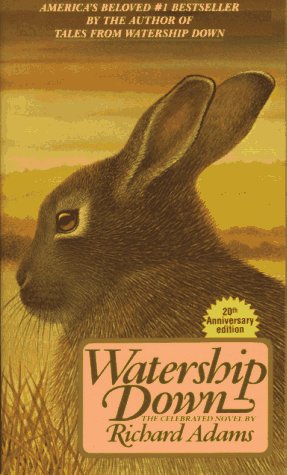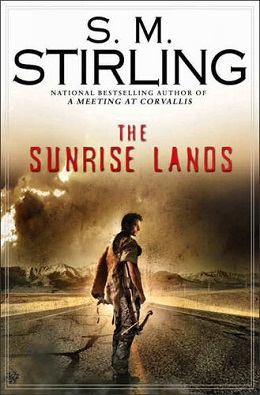The Wheel of Time is arguably the most significant fantasy series of the last 20 years, and when Robert Jordan died before the series was completed, many fans despaired. But through his wife's efforts and thanks to the copious notes that Jordan left, Brandon Sanderson was chosen to complete the final installment in the series. But that final book has turned into three, the first of which is
The Gathering Storm.
Jordan's story is horribly complex, following the stories of three young men from the town of Emond's Field. Rand al'Thor is the much prophecied Dragon Reborn. A man who can channel. A man who is destined to unite and destroy the world. A man who must face the Dark One in the final battle of Tarmon Gaidon. A man on who all the hopes of humanity rests. And all the fears. His friends, Perrin Aybara and Matrim Cauthon are both involved in Rand's story, and have complex stories of their own. Because of that, the previous books in the series have seen them, as well as their friends, each walk their own paths, creating many different threads.
[Warning: Spoilers Below!]
The Gathering Storm does much in preparation for the joining of those threads. In the previous book, Mat has married Tuon, the Daughter of the Nine Moons, the leader of the Seanchan invasion and is on his way to rejoin Rand. So too, Perrin is on his way to rejoin Rand after having rescued his wife, Faile, from the Shaido Aiel. But this first book of the final trilogy focuses upon Rand and Egwene al'Vere, a fellow Emond's Fielder and the Amyrlin Seat of the rebel Aes Sedai.
Egwene has been captured by the Aes Sedai who remained in the White Tower, and continues to use her presence there to undermine the authority of the Tower's Amyrlin, Elaida d'Rohan. Following a raid by the Seanchan upon the White Tower, and Elaida's capture and enslavement, Egwene is able to rejoin the rebels with the Tower, without the outbreak of full war that most members of both sides were afraid would happen.
Meanwhile, Rand is struggling to maintain control over the lands he has conquered, while expanding that control into lands still torn by internal strife or under attack by the Seanchan. And must face the pressure that comes with the knowledge that the Last Battle is nearing, repeat attacks by the Forsaken, and maintaining control over himself. All of that pressure comes to a head in a shocking reunion with his father, Tam al'Thor. Rand has been trying to make himself "harder" in an effort to prepare himself for the Final Battle, but what he has been doing has made him lose much of what makes him human -- his emotions, his hope, his contact and understanding with the people he is supposed to fight for. In a rage when he discovers that his father had been in contact with Cadsuane, an Aes Sedai who he believes is trying to undermine him, he nearly kills Tam. Gaining momentary control he Travels to the very top of the Dragonmount, where he faces an internal struggle, and is able to reestablish his humanity. Sanderson and Jordan present this very well. As a reader, you know that the hero can't commit suicide, and has to be returned to goodness, but even so, you are in doubt for most of the book if Rand is going to be able to do so.
The Gathering Storm is definitely a return to the clear, exciting and well-paced writing which so characterized the first four or five books in the series. Like the later books, it still favors shorter scenes over longer more in-depth pieces, but it doesn't have the same choppiness which was often present in them.
Score: 4 of 5
Series: The Wheel of Time - 1.
The Eye of the World (1990) 2.
The Great Hunt (1990) 3.
The Dragon Reborn (1991) 4.
The Shadow Rising (1992) 5.
The Fires of Heaven (1993) 6.
Lord of Chaos (1994) 7.
A Crown of Swords (1996) 8.
The Path of Daggers (1998) 9.
Winter's Heart (2000) 10.
Crossroads of Twilight (2003) 11.
Knife of Dreams (2005) 12.
The Gathering Storm (2009) 13.
Towers of Midnight (2010) 14.
A Memory of Light (2011)






